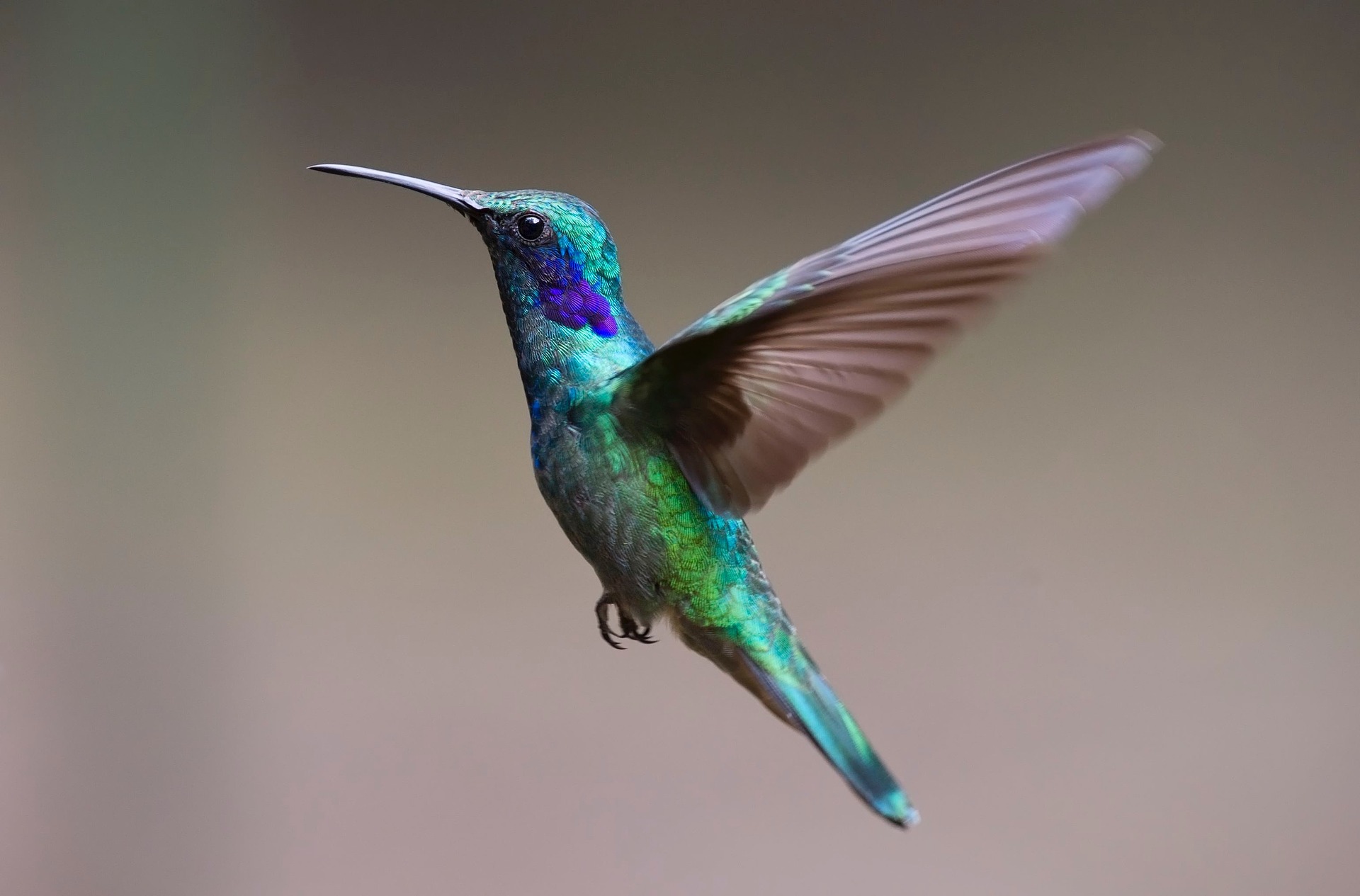A new perspective on strategy
19/01/2018

Sharing knowledge
Four times a year Cranfield’s Centre for Business Performance (CBP) invites members of its Round Table https://www.cranfield.ac.uk/som/research-clubs/the-business-performance-roundtable to meet for a discussion under Chatham House Rules. It’s an opportunity for managers and leaders of non-competing organisations to discuss performance related issues, learn from the experience of others and hear about the latest thinking on the subject. They can talk about what’s really on their minds knowing it won’t go outside the room.
Strategy…a new way of thinking
A couple of weeks ago we discussed business strategy. What more is there to say about this topic you may ask. In this fast-moving world isn’t strategy something of the past? Think again. Patrick Hoverstadt and Lucy Loh from Fractal Consulting kicked off the discussion with a presentation looking at strategy from a very different angle. Let’s start with a depressing statistic that many people will suspect anyway. Most strategy ends in a failure. Some surveys show that about 90% of strategic plans are not implemented. Just think about the wasted time and effort that has been put into plans that haven’t been followed. Why does it happen?
Hummingbirds and flowers
Traditionally we look at strategy as primarily a linear process. We devise a strategy and adapt our organisation to be able to deliver it. Patrick and Lucy showed a different approach. They gave the example of the humming bird, which has evolved to be ideally suited to drawing nectar from flowers with its long narrow beak. But it’s not only the humming bird that has evolved, flowers have adapted to enable the hummingbird to draw nectar and also pollen which they then transfer to other plants. So, humming birds and plants have developed over time to the advantage of both.
Organisations and strategy…
This idea can be transposed into the arena of organisations and strategy. Every organisation operates in an environment in which it is affected by other entities, even if not consciously. Each organisation is taken along a trajectory by the relationships they have. Each coupling exerts a different pressure on the organisation and this will affect strategy. So, the starting point is to have an honest discussion about all key external entities affecting the organisation, looking at the nature of the relationship, where that relationship is likely to take you and whether this is somewhere you want to go. This approach reveals a number of patterns for competition and collaboration, where each pattern is a sequence of manoeuvres which combine to make a strategy.
Once you have built a picture, you will have a better idea of how to position your organisation and how much and how fast you need to adapt to maintain a fit with the environment.
Want to know more?
For more information about Patrick and Lucy’s work take a look at their book Patterns of Strategy at http://www.patternsofstrategy.com/
If you would like to know more about Cranfield’s round tables and join for a trial session contact: m.bourne@cranfield.ac.uk
Categories & Tags:
Leave a comment on this post:
You might also like…
Keren Tuv: My Cranfield experience studying Renewable Energy
Hello, my name is Keren, I am from London, UK, and I am studying Renewable Energy MSc. My journey to discovering Cranfield University began when I first decided to return to academia to pursue ...
3D Metal Manufacturing in space: A look into the future
David Rico Sierra, Research Fellow in Additive Manufacturing, was recently involved in an exciting project to manufacture parts using 3D printers in space. Here he reflects on his time working with Airbus in Toulouse… ...
A Legacy of Courage: From India to Britain, Three Generations Find Their Home
My story begins with my grandfather, who plucked up the courage to travel aboard at the age of 22 and start a new life in the UK. I don’t think he would have thought that ...
Cranfield to JLR: mastering mechatronics for a dream career
My name is Jerin Tom, and in 2023 I graduated from Cranfield with an MSc in Automotive Mechatronics. Originally from India, I've always been fascinated by the world of automobiles. Why Cranfield and the ...
Bringing the vision of advanced air mobility closer to reality
Experts at Cranfield University led by Professor Antonios Tsourdos, Head of the Autonomous and Cyber-Physical Systems Centre, are part of the Air Mobility Ecosystem Consortium (AMEC), which aims to demonstrate the commercial and operational ...
Using grey literature in your research: A short guide
As you research and write your thesis, you might come across, or be looking for, ‘grey literature’. This is quite simply material that is either unpublished, or published but not in a commercial form. Types ...






